8 Die Casting Defects and Their Solutions
LK Die Casting Machine / 2024-07-17 09:16:37
The die-casting process is widely used in the manufacturing industry due to its high efficiency and precision.
However, the die-casting process also produces various defects that affect product quality and performance. Understanding these defects and their solutions is
crucial to improving product quality.
This article will introduce 8 common die-casting defects and their solutions in detail.
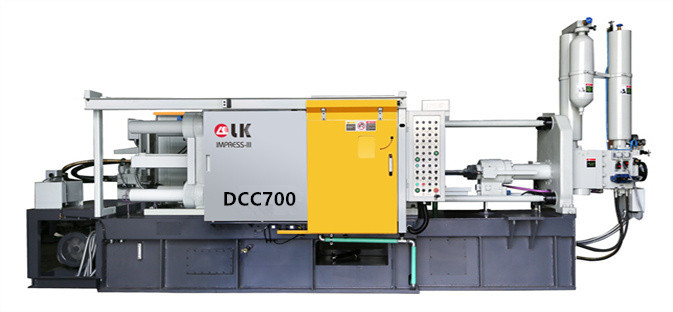
1. Porosity
Defect description: Porosity is caused by the failure of gas to escape when the metal solidifies, resulting in small holes inside or on the surface of the casting.
Solution:
Control the pouring speed: Avoid pouring speeds that are too fast or too slow to reduce gas entrainment.
Use vacuum die casting: Use a vacuum system in the mold cavity to reduce gas residue.
Optimize the exhaust system: Ensure that the exhaust holes of the mold are reasonably located and the exhaust is smooth.
2. Cold Shut
Defect description: The two metal streams fail to fully merge, forming obvious seams or cracks.
Solution:
Increase the pouring temperature: Ensure the fluidity of the molten metal to prevent a cold shut.
Design a reasonable runner system: Optimize the runner and gate position to ensure a uniform flow of molten metal.
Appropriate mold temperature: Keep the mold temperature in an appropriate range to avoid excessive cooling of the molten metal.
3. Oxide inclusions
Defect Description: The molten metal carries oxides during the pouring process, forming impurity inclusions.
Solution:
Purify the molten metal: Purify the molten metal before pouring it to remove oxides.
Improve the pouring system: Use ceramic filters or filter elements to prevent oxides from entering the mold cavity.
Reduce air contact during pouring: Control the pouring environment to reduce the contact between the molten metal and the air.
4. Shrinkage
Defect description: The volume of the metal shrinks during solidification, resulting in holes or depressions on the surface or inside of the casting.
Solution:
Optimize the cooling system: Control the cooling rate of the mold to avoid excessive local cooling.
Use shrinkage measures: Design reasonable risers to provide sufficient metal replenishment.
Adjust the pouring temperature: Ensure that the molten metal is poured at an appropriate temperature to reduce shrinkage.
5. Hot Tear
Defect description: The casting cracks due to thermal stress during the cooling process.
Solution:
Optimize mold design: Reduce uneven thickness and evenly distribute cooling channels.
Control cooling speed: Avoid too fast cooling and reduce thermal stress.
Use suitable alloys: Select alloy materials with good crack resistance.
6. Sticking
Defect Description: The casting is partially or completely adhered to the mold and is difficult to de-mold.
Solution:
Use mold release agent: Apply an appropriate amount of mold release agent on the mold surface to reduce adhesion.
Improve mold surface treatment: Polish or plate the mold surface to reduce friction.
Adjust mold temperature: Control the mold temperature within an appropriate range to avoid being too high or too low.
7. Surface Defects
Defect Description: Sand holes, pits, wrinkles, and other undesirable phenomena appear on the surface of the casting.
Solution:
Optimize mold surface: Ensure that the mold surface is smooth and reduce surface defects.
Control the pouring speed and pressure: Avoid splashing of molten metal and the formation of surface defects.
Use appropriate coatings: Coat the mold to improve the surface quality of the casting.
8. Slag Inclusion
Defect description: Impurities in the molten metal are not effectively removed, forming slag inclusions.
Solution:
Purify the molten metal: Use efficient purification equipment to remove impurities in the molten metal.
Optimize the pouring system: Design a reasonable pouring and runner system to reduce the chance of slag inclusion.
Control the pouring environment: Keep the pouring environment clean to avoid impurities from entering the molten metal.
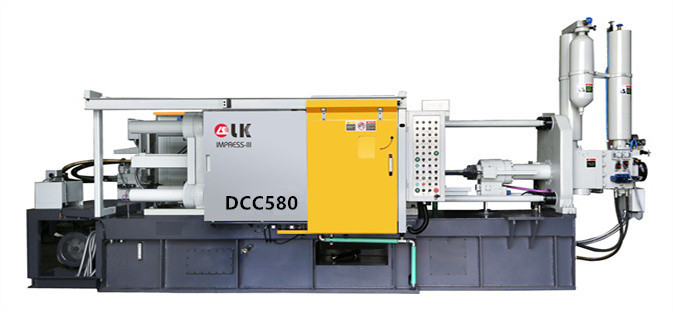
Conclusion
By understanding and solving common defects in the die-casting process, the quality of castings can be significantly improved and production costs can be reduced.
The above 8 defects and their solutions provide a comprehensive reference for the die-casting process, helping manufacturers to achieve a more efficient and stable
production process in actual production.
For more info, you can refer to: https://www.youtube.com/shorts/JLX410QV_kw
Contact LK Egypt to learn more info about the die-casting machine
LKAGENT OFFICE DCM
Address: Industry Zone, South of Port Said Kebly, Egypt
https://www.zazdiecasting.com/
Phone/WhatsApp/Wechat: +86 13598704163
Mobile: +20 101 304 3317 +20 150 181 8310
Email: jack@zazmae.com ahmedmahmoud@zazmae.com
#die cast tooling
#trivalent chromate
#rapid prototype casting
#a360 aluminum
#aluminum caster
#aluminum prototype
#ideal 55 slider parts
#density of aluminum kg/mm3
#magnesium sheet metal
#parts of a metal gate
#subcontracting of screw machining for the luxury sector
#wall aluminum
#die casting tooling
#tooling for die casting
#density of aluminium in kg mm3
#clear chromate
#es casting metals
#gating material
#prototype aluminum
#sigma castings
#subcontracting of screw-machining for household appliances
#we squeeze to please machine
#aluminium gravity die casting
#aluminum part
#aluminum rapid prototyping
#nickel casting
#plunger tip for die casting machine
#rapid prototyping aluminium
OTHER CONTENT
-
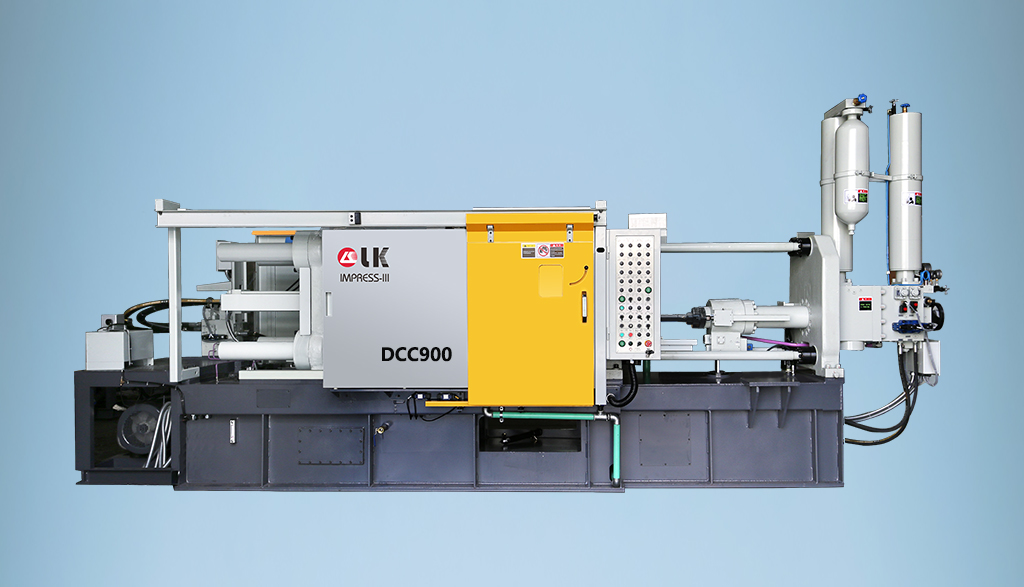
2024-09-19 14:16:15 LK Cold Chamber Die Casting Machine DCC900 Locking Force: 9000KN Die Height: 400-1000mm Space Between Tie Bars: 930x930mm Shot Weight: 13.5Kg Casting Area Max:2250c㎡
More -
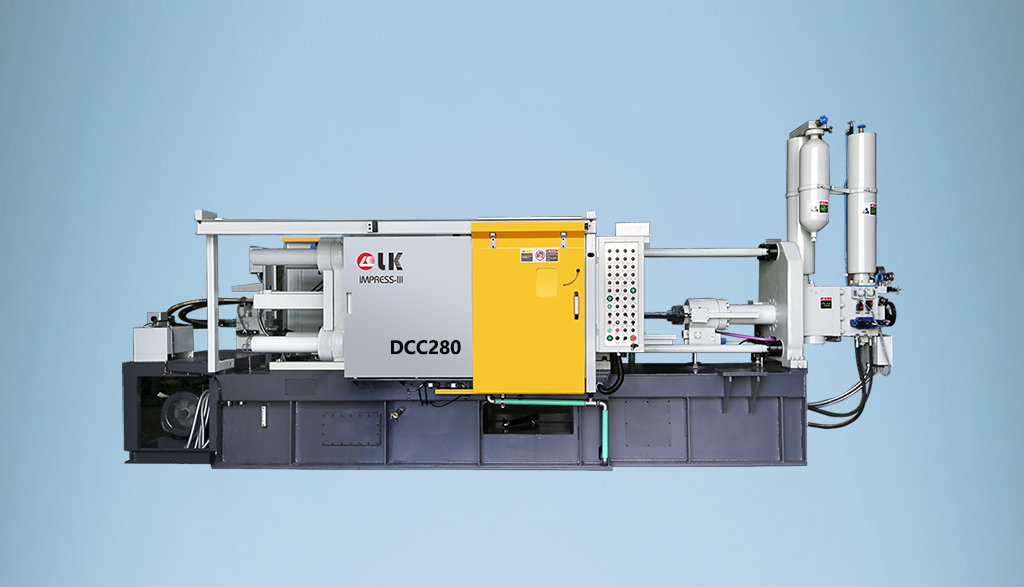
2024-09-19 14:11:06 LK Cold Chamber Die Casting Machine DCC280 Locking Force: 2800KN Die Height: 250-650mm Space Between Tie Bars: 560x560mm Shot Weight: 2.9Kg Casting Area Max:700c㎡
More -
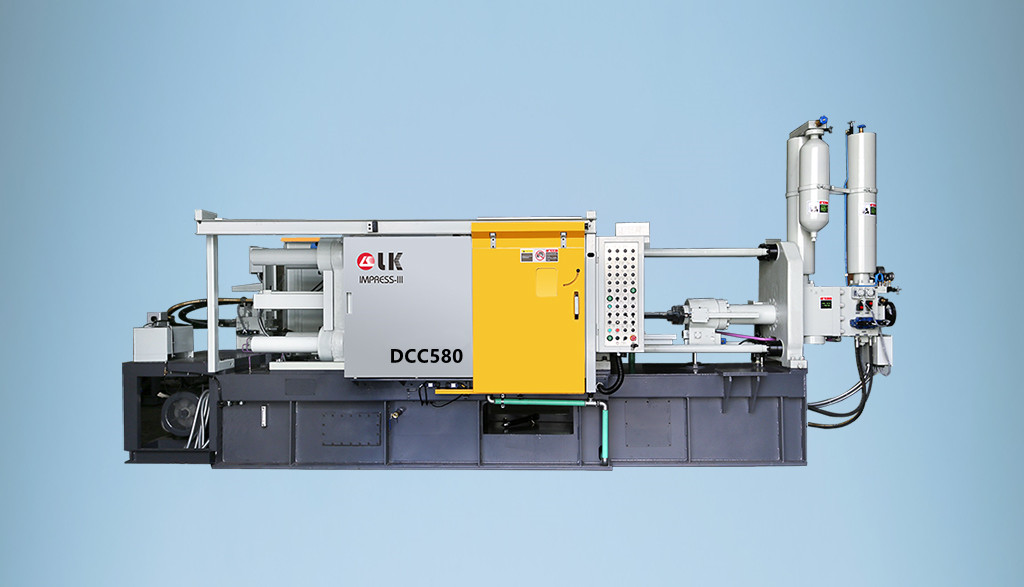
2024-09-19 10:23:07 LK Cold Chamber Die Casting Machine DCC580 Locking Force: 5000KN Die Heigh: 350-850mm Space Between Tie Bars: 760x760mm Shot Weight: 6.9Kg Casting Area Max:1250c㎡
More -
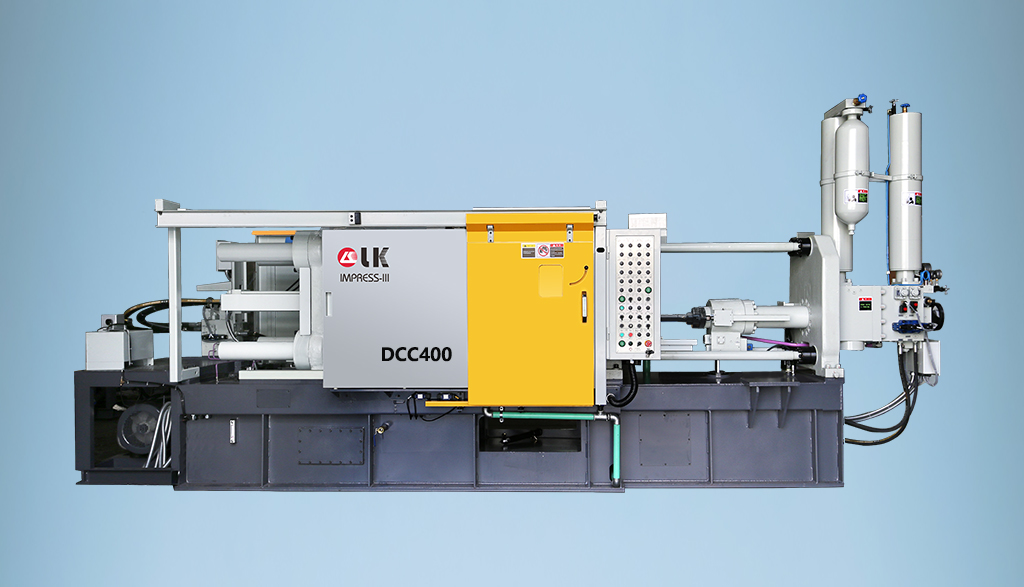
2024-09-19 10:11:20 LK Cold Chamber Die Casting Machine DCC400 Locking Force: 4000KN Die Height: 300-700mm Space Between Tie Bars: 669x669mm Shot Weight: 4.7Kg Casting Area Max:1000c㎡
More

